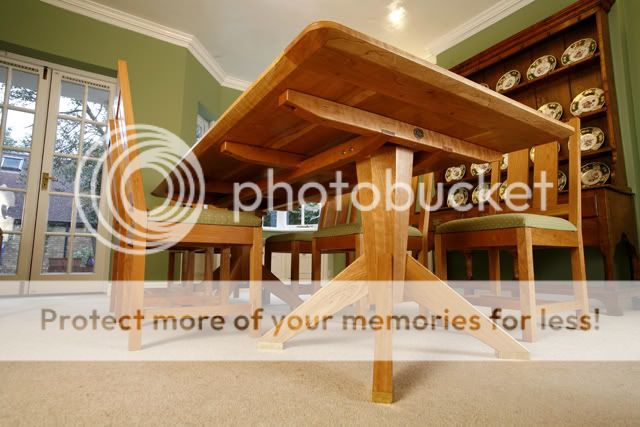Hi
I'm new to this forum, so thanks for any of your help. I'd like to build a bedside light for my son. I am trying to build a wooden lighthouse. The core part of the lighthouse will be an ocatgonal (i.e. eight sided) tower that starts with a wide base, but tapers the further up the tower you go. Any tips on:
a) how to get eight sides to perfectly fit together
b) how to allow for the narrowing of the tower
I am guessing that there are some key tools/techniques that would make this task easier - and make it look more expertly done!
Initial research indicates that a 'birds-mouth' joint is what is needed - but I don't seem to be able to find a router bit like this in the UK.
Thanks again for any help you can provide.
I'm new to this forum, so thanks for any of your help. I'd like to build a bedside light for my son. I am trying to build a wooden lighthouse. The core part of the lighthouse will be an ocatgonal (i.e. eight sided) tower that starts with a wide base, but tapers the further up the tower you go. Any tips on:
a) how to get eight sides to perfectly fit together
b) how to allow for the narrowing of the tower
I am guessing that there are some key tools/techniques that would make this task easier - and make it look more expertly done!
Initial research indicates that a 'birds-mouth' joint is what is needed - but I don't seem to be able to find a router bit like this in the UK.
Thanks again for any help you can provide.





